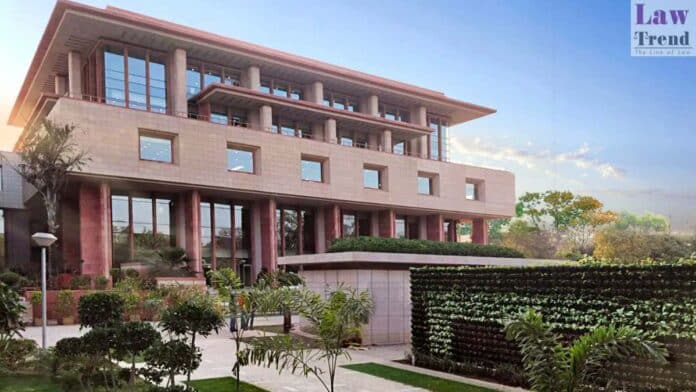The Delhi High Court, on Friday, issued a directive for a comprehensive survey and subsequent report on the presence of 249 unauthorised religious structures built on public land across the city. This decision came from a bench led by Chief Justice D K Upadhayaya and Justice Tushar Rao Gedela, highlighting the court’s intent to enforce the removal of these illegal constructions.
The court’s orders specify that the city’s religious committee, led by the principal secretary (home) of the Delhi government or an officer appointed by him, should gather detailed information on these structures from land-owning agencies. These agencies are tasked not only with identifying but also with facilitating the removal of the unauthorised structures. The committee has been given six weeks to compile this information and submit a status report to the court.
This issue was escalated to the Delhi High Court by the Supreme Court as part of a broader initiative to clear public lands of illegal religious constructions. The Delhi Development Authority (DDA) reported having already demolished 127 such structures, some located in significant green areas like Sanjay Van and Jahanpanah City Forest, with the forest department identifying 82 of these.

The religious committee reported that it has held 51 meetings and recommended action on 249 cases involving unauthorised religious structures. These structures are located on lands managed by various agencies including the New Delhi Municipal Council, DDA, Delhi Cantonment Board, Municipal Corporation of Delhi, Ministry of Railways, Department of Forest, Public Works Department, and several other departments under the Delhi government.
The court noted that these agencies had taken action following the recommendations of the religious committee, which aligns with the directives of the Supreme Court issued in 2009 and again in 2018. The Supreme Court’s orders prohibit unauthorised constructions in the name of religious structures on public streets, parks, and places and mandate state governments to review such existing structures for appropriate remedial steps.







